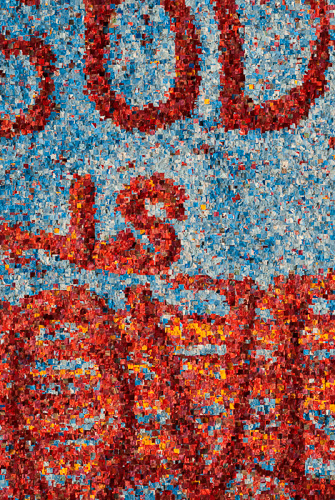Why do I want to write my own image processing algorithms? Isn’t Photoshop versatile enough? In one sense, the answer is “yes”. Huntington Witherill points out that you can create any image you can imagine with Photoshop. Start at the upper left corner, and decide what color that pixel ought to be. Move right one… [Read More]
Writing your own image processing tools
Last May, as I reported in this post , I started looking into ways to implement nonstandard image processing algorithms in Photoshop. I found a workaround for the May problem, but that didn’t stop me from looking for ways to make my own algorithms. Pixel Bender sounded like a good platform, but that Adobe’s withdrawal… [Read More]
Image processing without computation
There’s a column in Shutterbug magazine, written by David Brooks (not the New York Times columnist), in which Brooks answers readers’ questions about digital photography. In the November, 2012 issue, there’s an interchange between Brooks and James Ulrich, Emeritus Professor of Computer Science at the University of Montana. The discussion begins with a letter from… [Read More]
A cure for inadvertant NEX-7 videos
In my Sony NEX-7 reviews, I complained that it was too easy to accidentally hit the video recording button, wasting battery power and memory card space, and rendering the camera temporarily incapable of making still images. Where there’s will… Some people in Albuquerque have come up with a little metal ring that you install under… [Read More]
Backup strategy — a case study
To make the preceding discussions about backup more concrete, in this post I’d like to tell you my backup strategy, and let you know how I got there. There are many ways to do backup. There are even many ways that make sense. What I’m doing is not the only good way to solve my… [Read More]
- « Previous Page
- 1
- …
- 490
- 491
- 492
- 493
- 494
- …
- 578
- Next Page »

